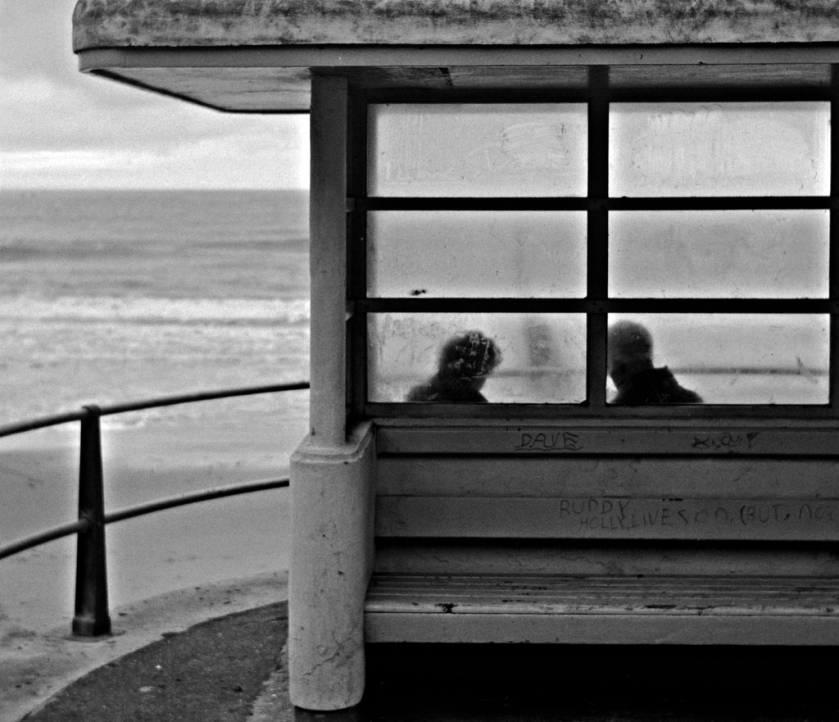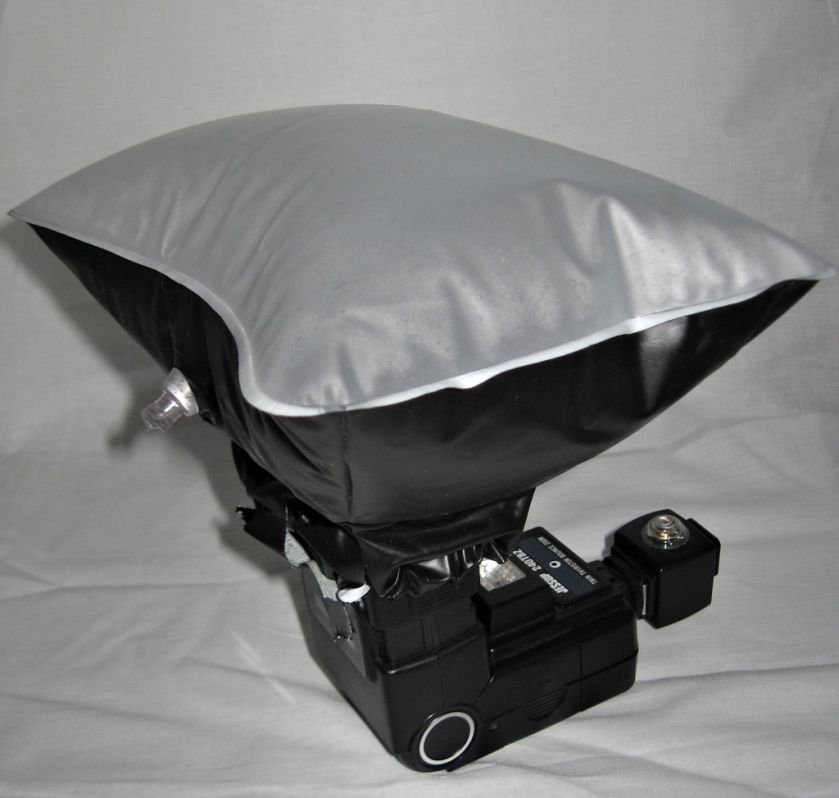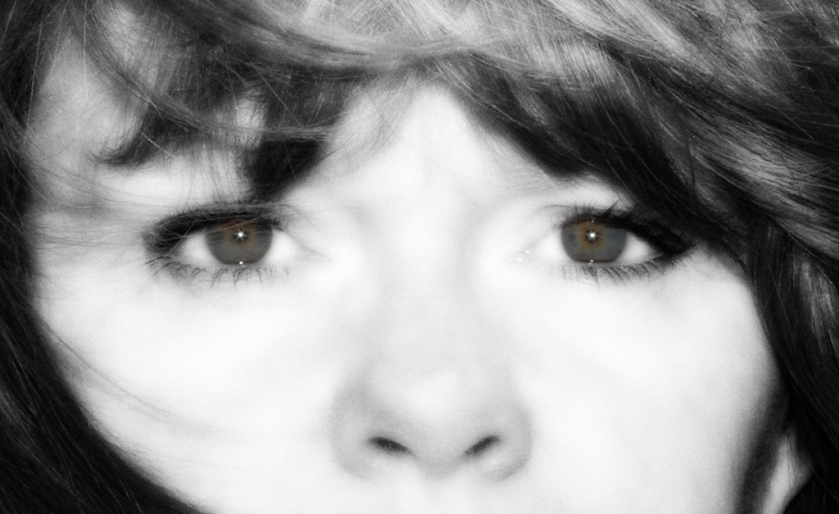Can one learn creativity or do you inherit it along with your hair distribution and eye colour? Even if you are creative, do you find yourself churning out the same stuff? How can one get out of a rut and be routinely creative, if that’s possible?
When you lift your camera to your eye, do you do what you have always done? And how do you do what you don’t usually do? (Gotta get a do-do joke in here). If you had to do the same thing for the rest of your life, how could you keep it fresh and interesting? If you went to the same places as everyone else, would your pictures look the same as theirs? Wasn’t there a study recently of how many pictures that people post online were essentially the same?
Perhaps more to the point then is to stop worrying about being creative and to find ways of pulling yourself out of the usual round of standard responses. It’s very comforting to stick with what we know: confirmation bias provides a force of positive feedback that strokes our egos til they purr. On the other hand, we are becoming more aware of the echo chamber effect that beguilingly narrows your world to a set of mirrors. So how do you give yourself a kick up the arts and break out of the mundane?
Brian Eno and Peter Schmidt created the Oblique Strategies cards to help musicians do this. The idea is to provide a constraint that forces the reader to apply lateral thinking to get around it. This is an excellent idea – so often when we are faced with no limits we confine ourselves to a routine. It’s no joke that some famous landmarks have tripod marks that you can use to get the standard shot. I’ve seen special selfie marks on the pavement showing people where to stand to get various monuments in the background. But what if your camera only had a pinhole lens, or only one shutter speed and aperture, or could only shoot close-ups? What would you do then? What if you ignored the scenery and only took pictures of the people? What if you used such a long exposure that the people vanished? What if you photographed the people taking the selfies?
So perhaps what we could do if we feel we are in a rut is to apply a really difficult or awkward constraint to see what happens. And it has to be a real constraint, not just deciding to only take the one lens out with you. This is what the OuLiPo group does. How about focusing the lens at two meters and not changing it? How about covering the viewfinder or screen and shooting everything blind? What about taking the lens off and using a magnifying glass? If you think that’s difficult, try writing a novel in French without using the letter e. Then imagine being the person to translate it into English. So how about making a set of cards? Or maybe it’s worth trying the original Oblique Strategy cards? A good start might be the Android or iOS app versions of the cards.
What else could we do? Don Komarechka apparently didn’t like the cold winters in Ontario so started taking close-ups of snowflakes. That led to bubbles, UV and IR and some extraordinary pictures. So the answer to the question would be to pick a thing and follow it wherever it takes you. You could try something like The Photographer’s Playbook for ideas for projects to follow.
You could also try adding a bit of chaos. I went through a patch where I was very bored with things. I took my kids to the library every Saturday but I had read everything on the one shelf I usually went to. So I took the number off the car registration nearest to the library and went to that section of shelving. (Most libraries are organised around the Dewey Decimal filing system) Easy if the car plate has three digits; if not add a zero at the end of the pair, or at the beginning and reverse the number. The rule was that I had to borrow one book from whichever section I was sent to. That led to some strange directions and a gradual dissolving of the rut I was in. And some odd looks from the librarian.

How would you do that with photography? Roll a dice to choose the aperture or shutter speed? Pick a random word from a book or newspaper that has to be your theme for the day? For those of us with more than one camera, roll a dice to pick which one to use? List all your camera, plus all your lenses, ISO levels, all the shutter speeds and all the apertures. Draw blind one card from each set and that’s what you are using for the day. It’s much the same idea as the cards above, but with less chance of selecting the results. You could have a play with this website*. (Nobody seems to use a website to show their work any more, but it’s too good a domain name to let fade away. And yes, I have only just changed the content so it is a work in progress.)
This is why I love using my little Olympus half-frame camera: fixed focus, no manual controls, and 72 shots per film so each individual shot is less precious. There is nothing I can do to change the camera settings, so I fool about taking pictures instead. Load it with some cheapo expired colour print film and you have no idea what is going to happen. Perhaps that is too much chaos? The alternative would be binding constraints: something like one of the Lomo cameras that has almost no variable controls? Or an old box or folding roll-film camera from a charity shop? With twelve or fewer shots on the film you will have to shake off the digital ways of spray and pray.
Anyway, I believe that creativity isn’t something you switch on only when you need it. I believe it is something you can learn but must practice, and the lessons come from having to overcome a constraint. Fighting restrictions will lead you onto new paths. Do this often enough and you begin to see even the routine as something you could play with. And with luck you will never again bring home photos that match the postcards in the local shop.
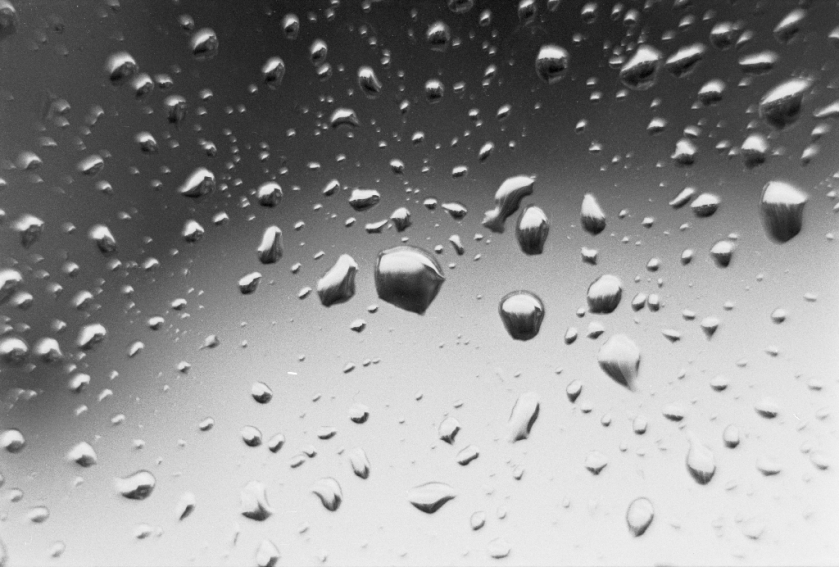
Tie yourself down to set yourself free (but not literally).
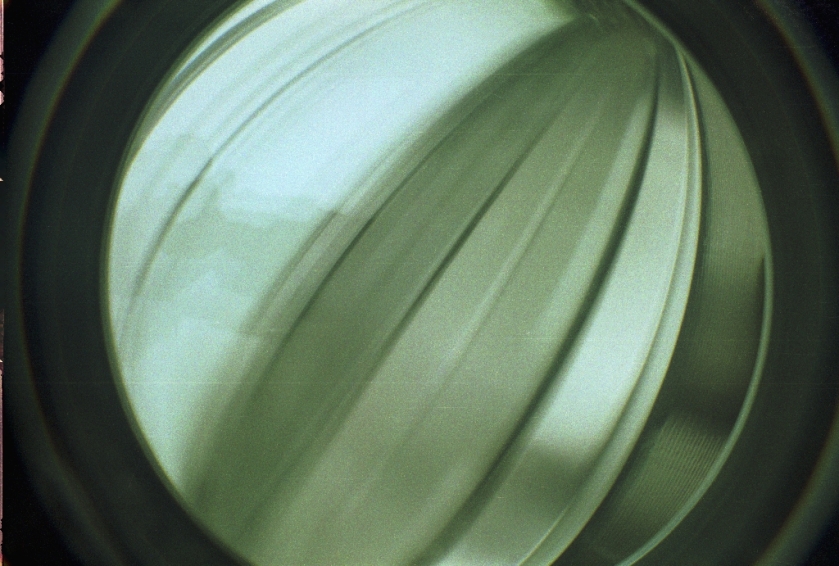
PS
*I have taken down the Theostry website and pointed the name at this blog.



